To fully embrace the magic of India tourism, the country invites you to explore the myriad forms of tourism that flourish within its borders, each a gateway to a deeper understanding and a richer experience. Prepare to be captivated by the best places to visit in India, offering a unique and unforgettable adventure.
Welcome to India, a land of vibrant contrasts and captivating experiences! Prepare to be mesmerized by the kaleidoscope of cultures, the breathtaking landscapes, and the profound spirituality that permeate every corner of the country. From the snow-capped peaks of the Himalayas to the sun-kissed beaches of Goa; from the bustling metropolises, throbbing with energy and innovation to the serene backwaters of Kerala, India’s tourism offers a sensory feast unlike any other.
Embark on a journey of discovery, where ancient history intertwines with modern marvels, where the echoes of emperors resonate in majestic forts and palaces, and where exotic flavors tantalize your taste buds. Experience the vibrant festivals, a riot of color and sound that celebrate the diversity and spirit of the nation. Witness the intricate artistry of handcrafted textiles, the mesmerizing dance forms, and the soul-stirring music that tell stories of legends and traditions passed down through generations. Discover some top places to visit in India that promise unforgettable memories.
But more than just the sights and sounds, India is about connection. It's about the warmth of the people, their unwavering hospitality, and their genuine desire to share their culture with you. From cultural tourism, religious tourism, and nature tourism to adventure tourism, wildlife tourism, and wellness tourism, India offers something for everyone.
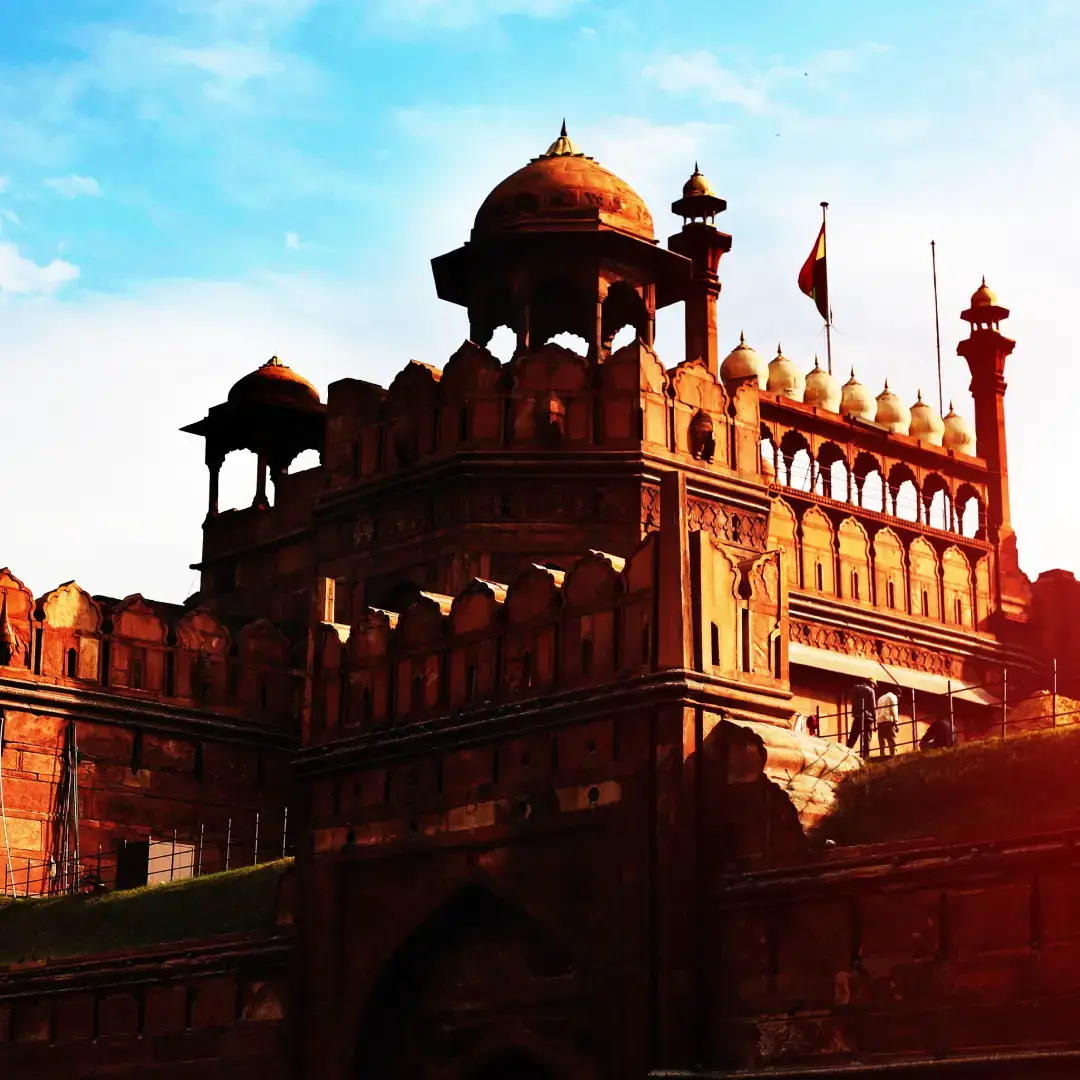
| Capital | Delhi |
| Official Languages | Hindi & English |
| Currency | Indian Rupee (INR) |
| Population | Remote Mountain Beauty and Distinct Culture |
| Population | 1.4 billion (approx.) |
| Top Tourist Places | Rajasthan, Kerala, Goa, Himachal Pradesh, Uttarakhand, Tamil Nadu, Karnataka, Maharashtra |
| Popular UNESCO World Heritage Sites | Taj Mahal, Qutub Minar, Ajanta & Ellora Caves, Hampi, Kaziranga National Park, Sundarbans, Jaipur City |
| Poular National Parks | Jim Corbett, Ranthambore, Kaziranga, Sundarbans, Bandhavgarh, Kanha, Pench, Tadoba |
| Best Time to Visit | October to March |

Embark on a captivating journey through India's rich heritage and cultural diversity. With a history spanning thousands of years, the country is home to an incredible array of historical monuments, temples, forts, and palaces. While South India is renowned for its intricately carved Hindu temples, Rajasthan in the northwest boasts grand forts, some of which are recognized as UNESCO World Heritage Sites. Similarly, cultural tourism in India is deeply woven into its vibrant festivals, traditional art forms, music, dance, cuisine, and customs. Each region has a distinct cultural identity, making India a must-visit destination.
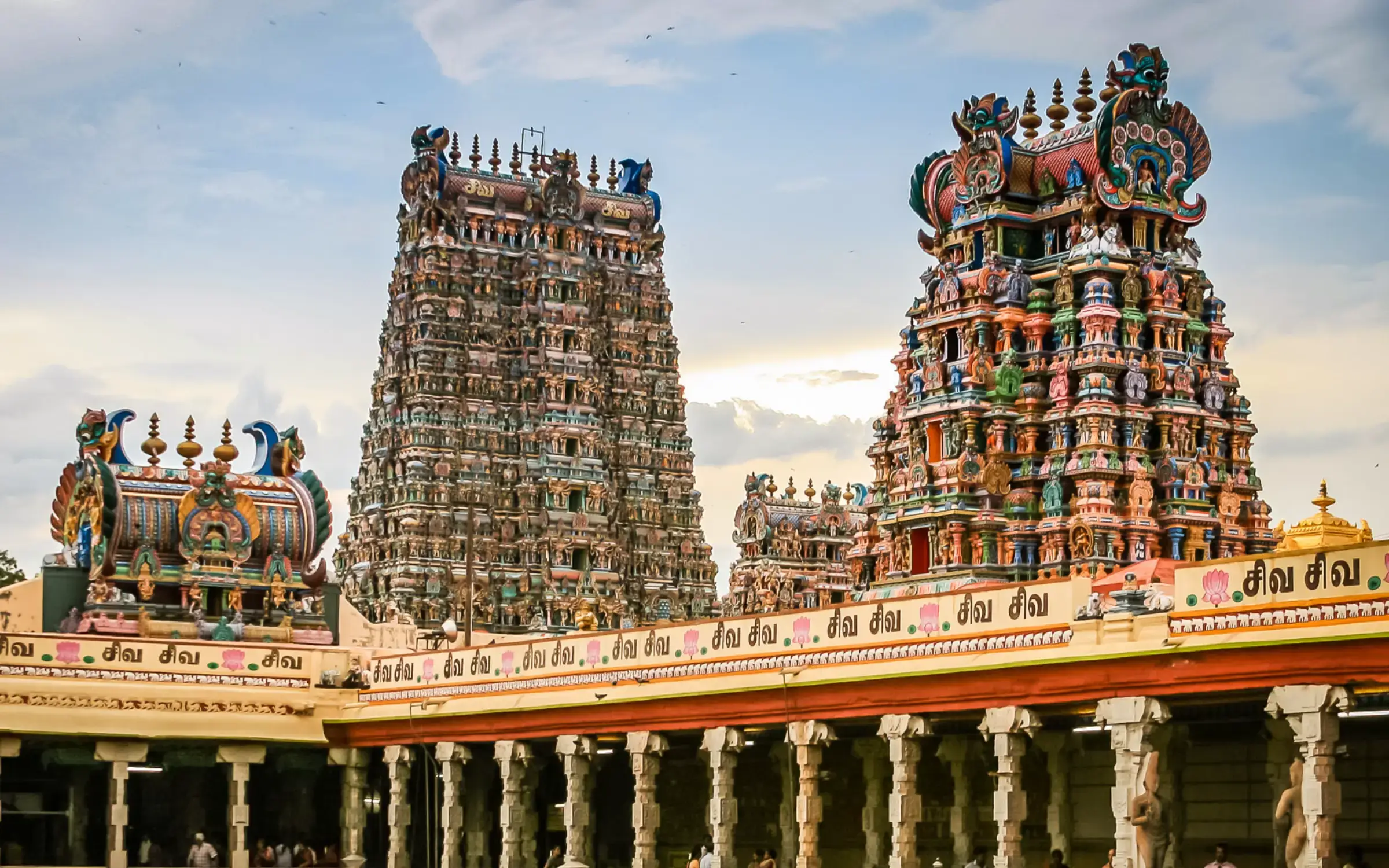
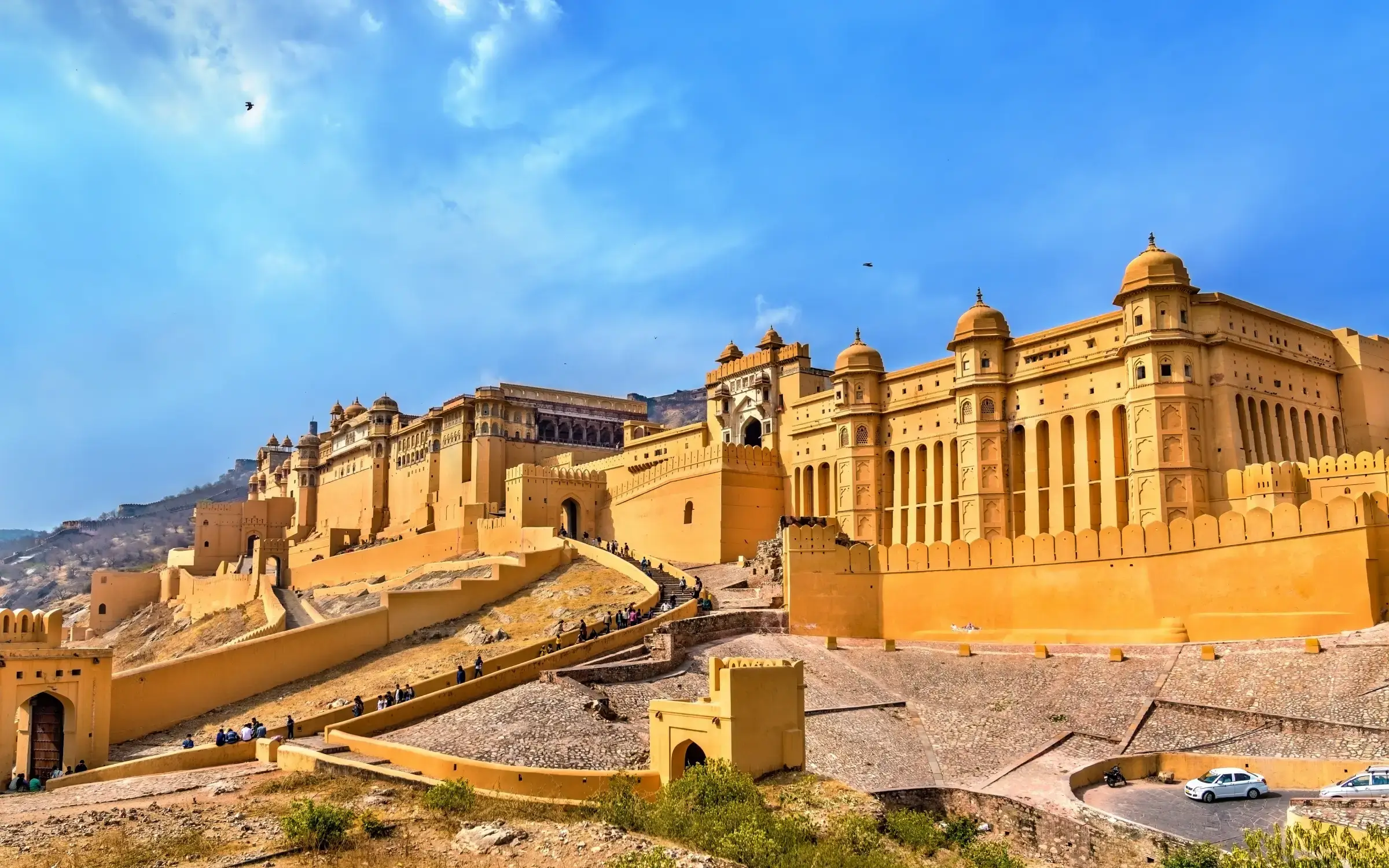
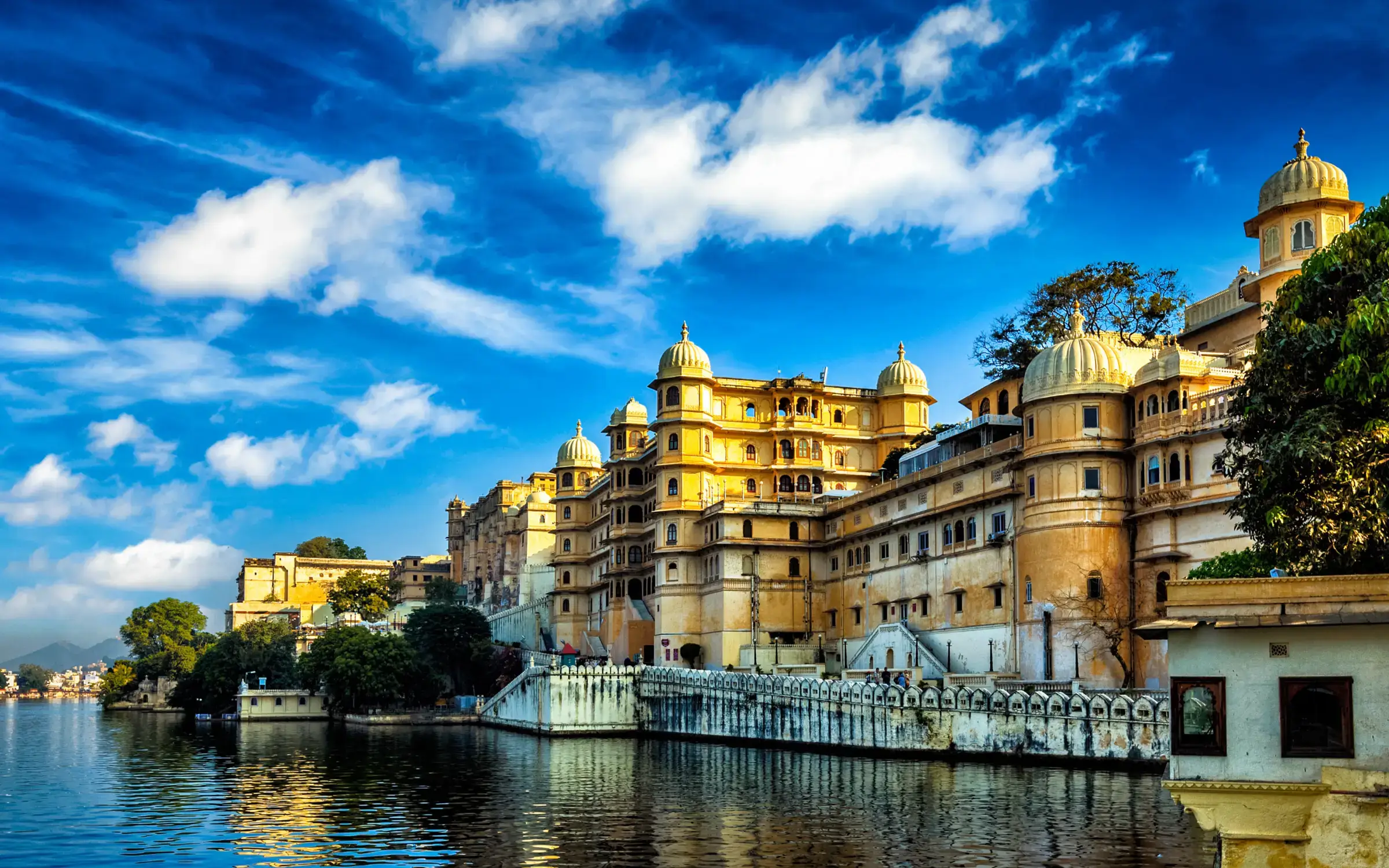
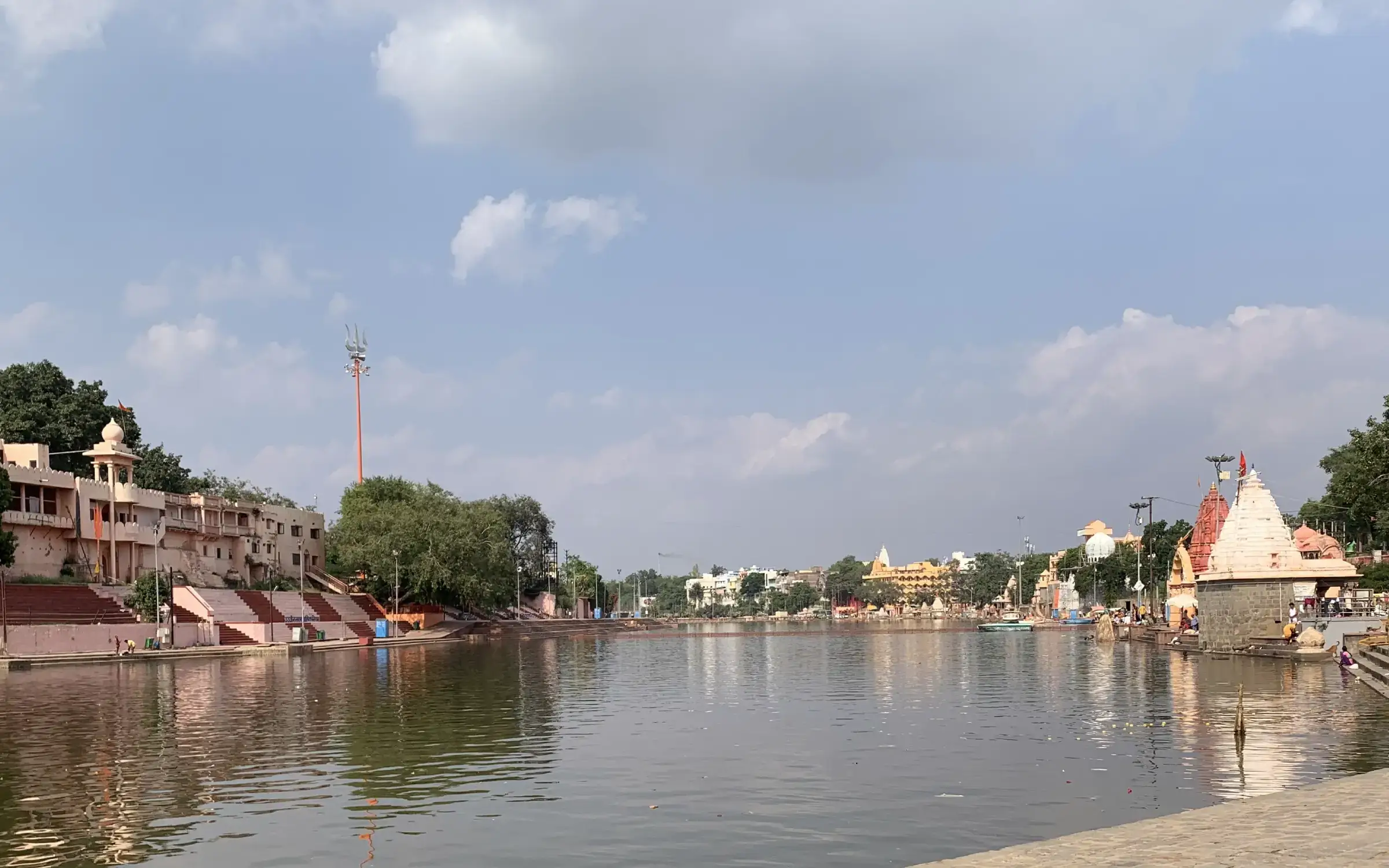

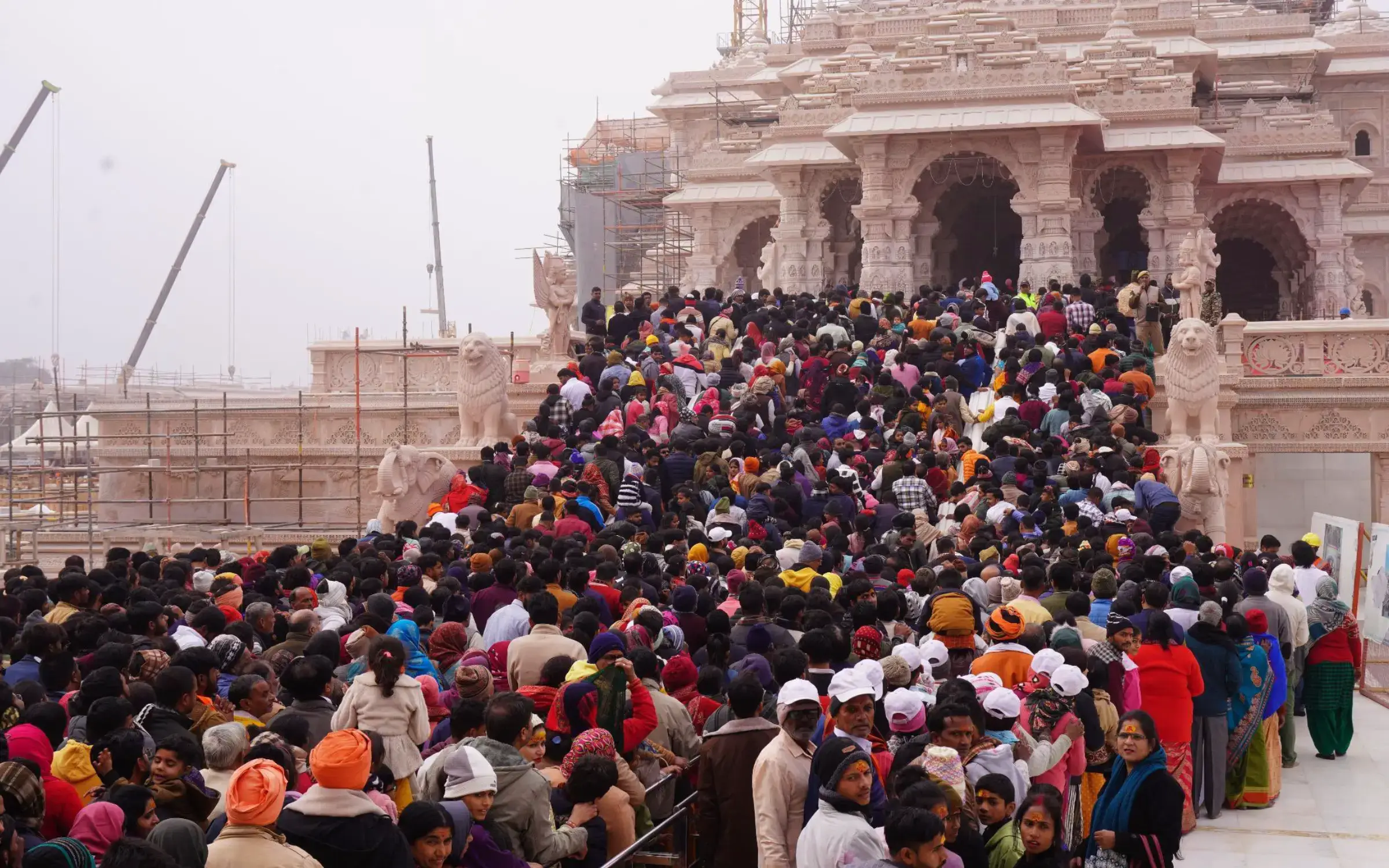
India, a land of ancient spirituality, offers unique experiences for travelers seeking peace and self-discovery. From the sacred Char Dham Yatra to the grand Kumbh Mela, India is home to revered pilgrimage sites that attract millions of devotees each year. Places like Varanasi, Tirupati, and Vaishno Devi are not just destinations but journeys of faith and devotion.
The diversity of India’s spiritual heritage is reflected in its temples, rivers, and holy sites, offering travelers a chance to connect with different religious practices and traditions. Whether it’s the Buddhist circuit or the Golden Temple, each site provides a profound, transformative experience. Spiritual tourism in India is not just about sightseeing, but about finding inner peace and exploring a deep sense of belonging to the sacred land.
The birthplace of Lord Rama and a site of immense religious significance for Hindus, Ayodhya is flocked by millions to visit the Ram Janmabhoomi temple, making it one of the top places to visit in India.
Situated in the foothills of the Himalayas, these twin cities are amongst the top religious sites in India. Haridwar, where the Ganges River enters the plains, is known for its evening Ganga Aarti and as a host of Kumbh Mela, while Rishikesh is the "Yoga Capital of the World," offering numerous ashrams and yoga retreats. Both of them make for some of the best places to visit in North India for spiritual seekers.
One of the world’s oldest cities, Varanasi stands as a profound symbol of India’s rich spiritual heritage. Nestled on the banks of the sacred River Ganga, this ancient city has been a center of learning, devotion, and tradition for over 3,000 years.
Home to the Golden Temple (Harmandir Sahib), the holiest shrine for Sikhs, Amritsar is amongst the best places to visit with family. Experience the serenity and devotion that permeate this sacred place, and partake in the langar, a community kitchen that serves free meals to all.
Home to the Sri Venkateswara Temple, Tirupati is one of the most visited and wealthiest temples in the world. Millions of devotees flock here annually to seek the blessings of Lord Venkateswara.
The place where Lord Buddha attained enlightenment, Bodh Gaya is an important pilgrimage site for Buddhists worldwide. Visit the Mahabodhi Temple, which is also a UNESCO World Heritage site.
A revered Hindu shrine nestled in the Trikuta Mountains, Vaishno Devi is undoubtedly one of the most visited places in North India. Devotees undertake a 14-km sacred trek to seek the blessings of Goddess Vaishno Devi that remains open 24/7.
Home to the Jagannath Temple, one of the Char Dham pilgrimage sites in India, Puri comes to life during the Rath Yatra (Chariot Festival) where the deities are taken out in a grand procession.
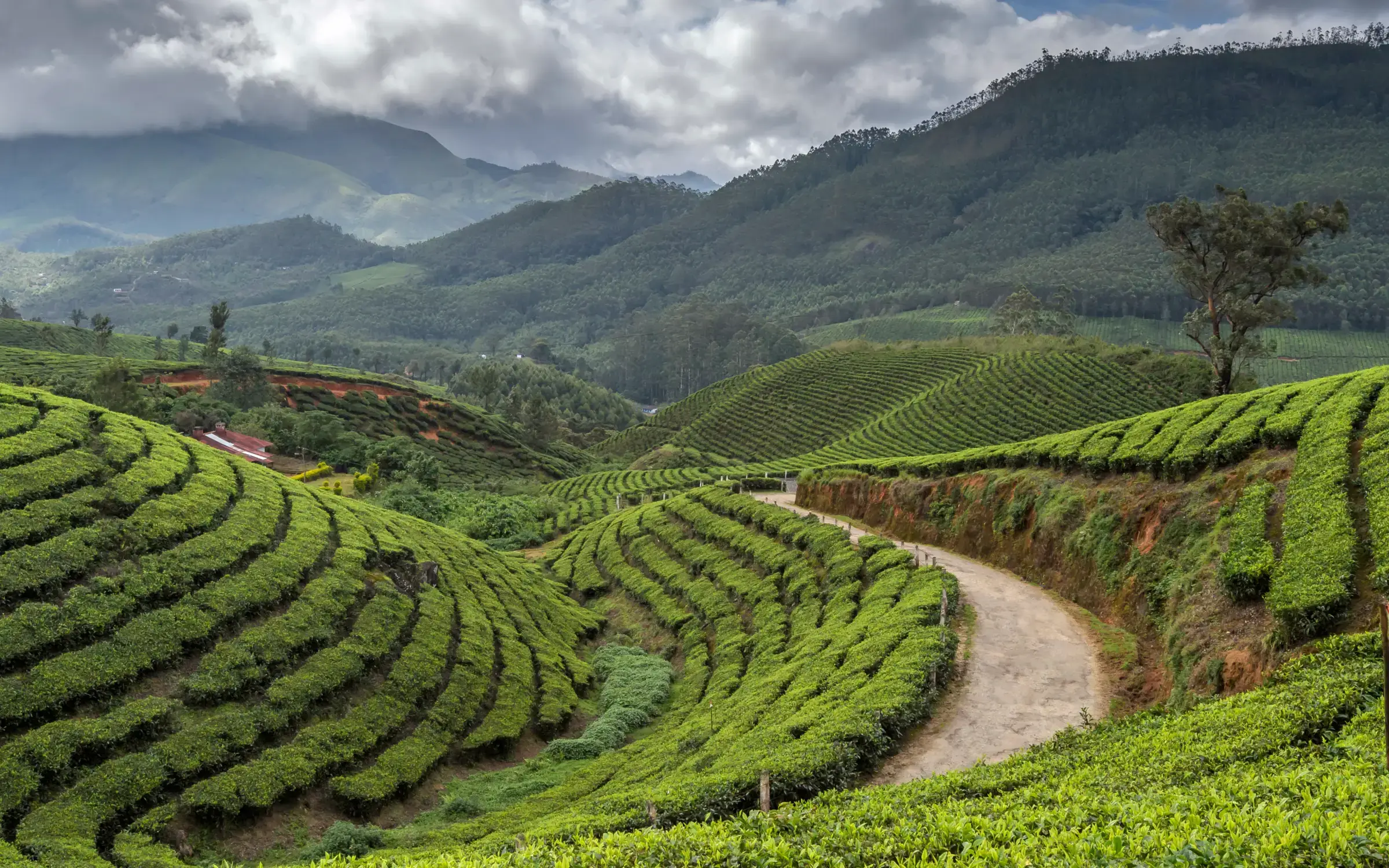
India is a captivating destination, brimming with exquisite hill stations and tranquil nature getaways that cater to those seeking both relaxation and adventure. In Himachal Pradesh, visitors can walk through the charming streets of Shimla, engage in thrilling outdoor activities in Manali, and bask in the serene ambiance of Dharamshala, a sanctuary for peace and spirituality. Uttarakhand, on the other hand, enchants with the picturesque hill stations of Nainital, renowned for its tranquil lake, the verdant Mussoorie, and the spiritual allure of Rishikesh, a prominent center for yoga and meditation.
The North-East region unveils the breathtaking landscapes of Sikkim, where nature flourishes, alongside the remarkable living root bridges and waterfalls of Meghalaya. The southern state of Kerala captivates with the lush tea plantations of Munnar and the rich biodiversity found in Wayanad. Each of these destinations offers a harmonious blend of natural beauty and unforgettable experiences, making them perfect choices for your next escape into the great outdoors.
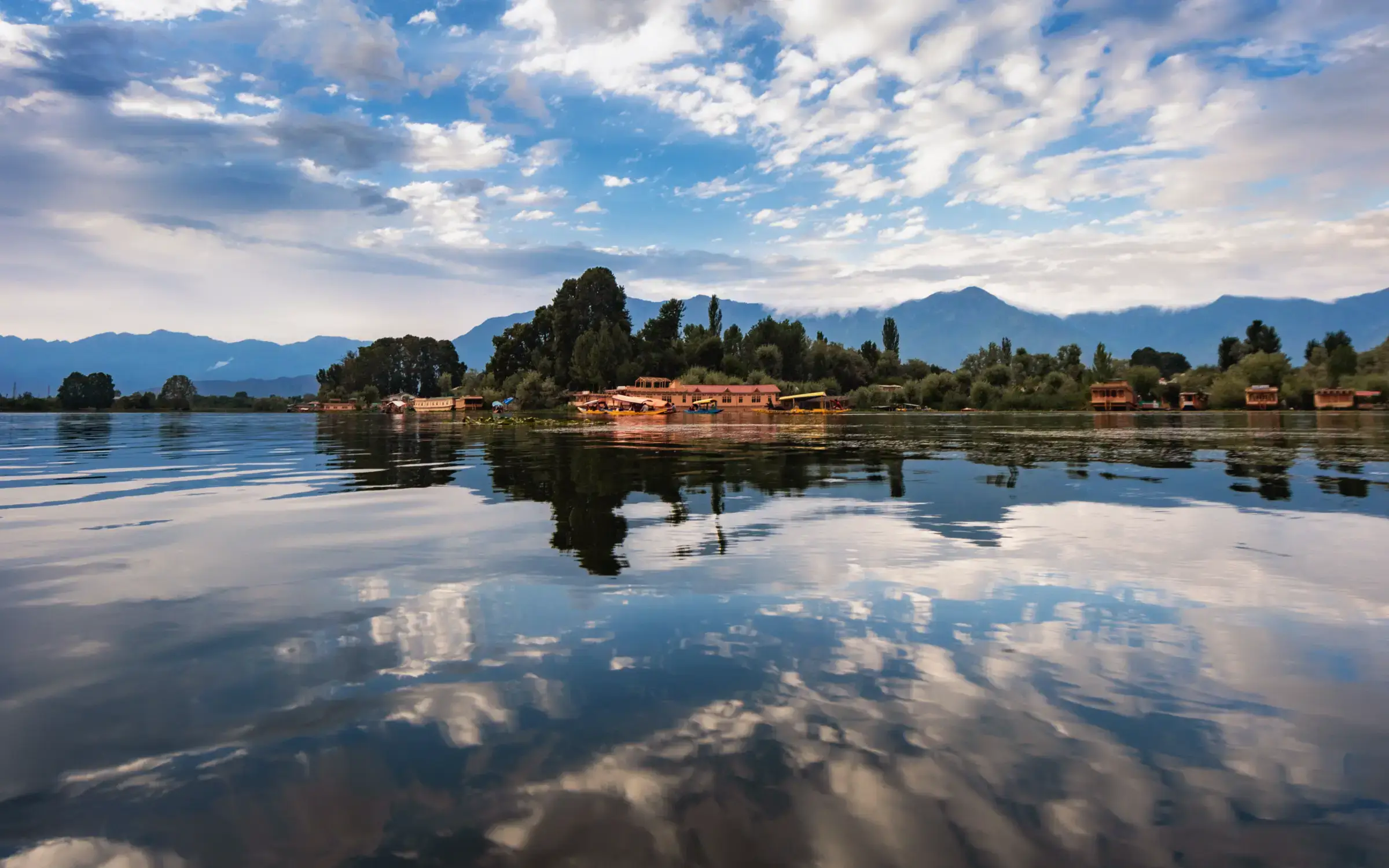
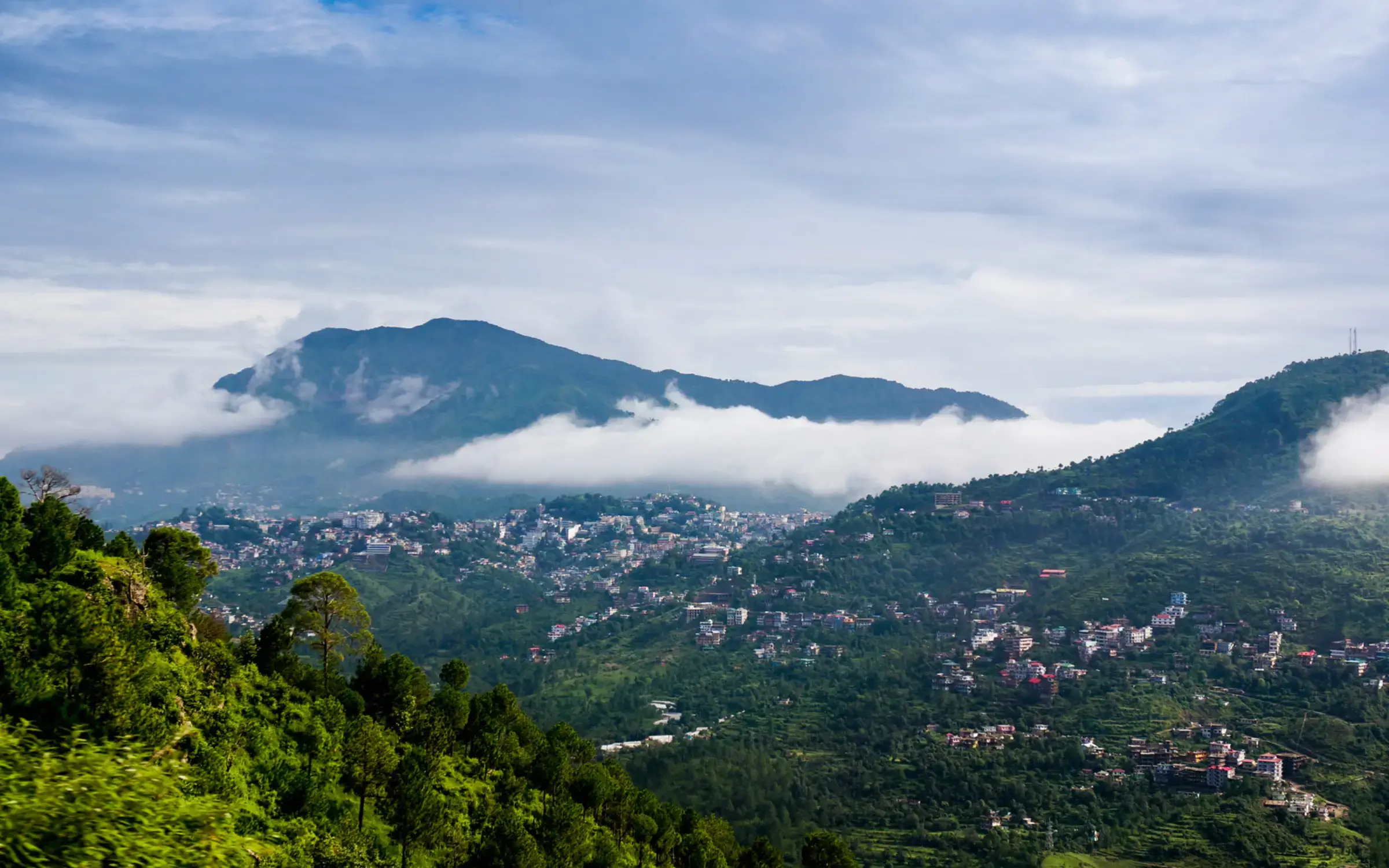
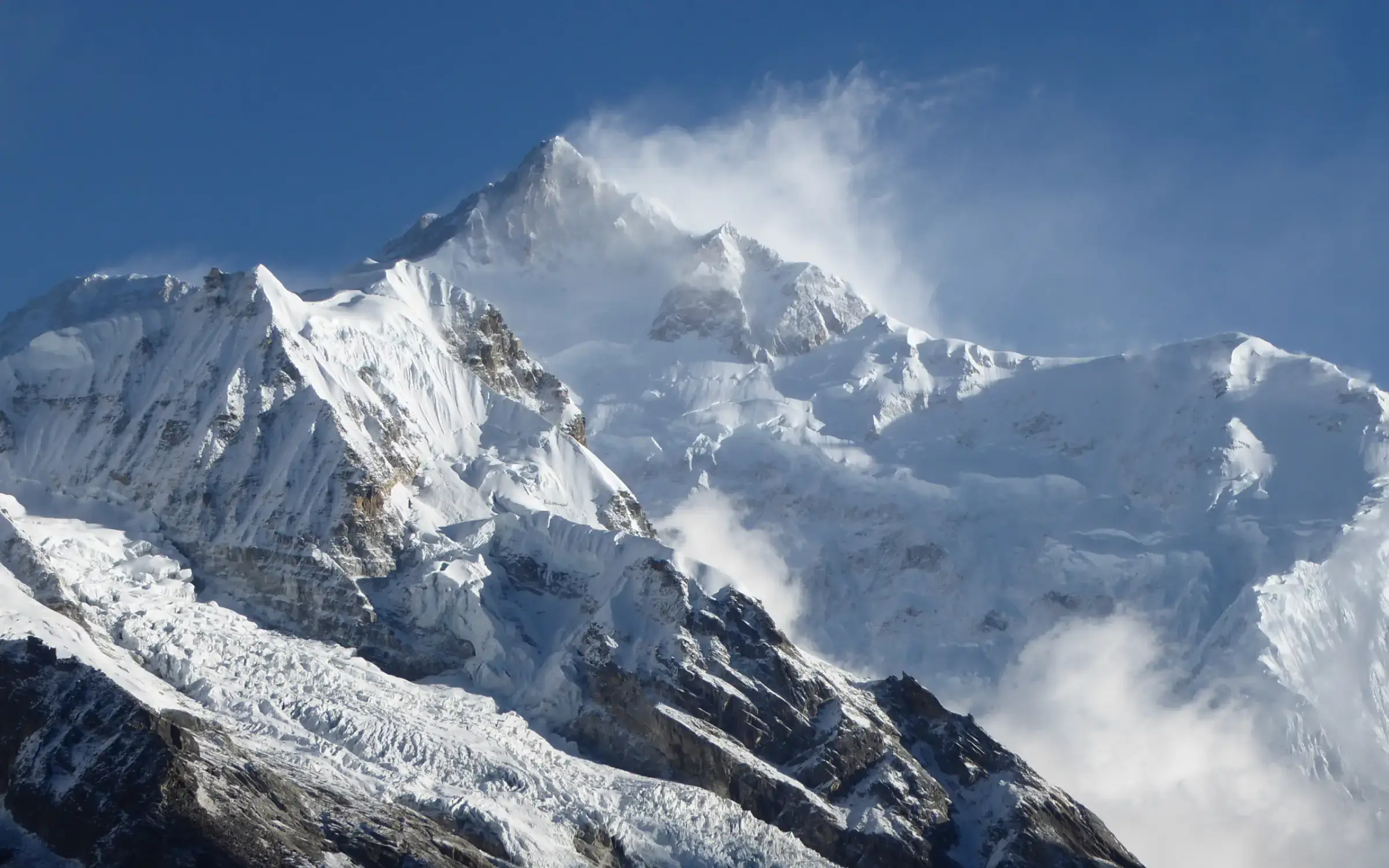
The Himalayas, a crescent-shaped mountain range in Asia, are home to the world's tallest peaks, including Mount Everest. The term "Himalaya" is derived from Sanskrit, meaning "abode of snow." Stretching across five countries—India, Nepal, Bhutan, China, and Pakistan—this awe-inspiring range is known for its stunning landscapes, rich biodiversity, and deep cultural significance. It draws adventurers and nature enthusiasts, offering both challenging treks and peaceful valleys, making it an ideal destination for those seeking adventure and serenity.
A UNESCO World Heritage Site, the Western Ghats stretch across six states—Gujarat, Maharashtra, Goa, Karnataka, Kerala, and Tamil Nadu. They cover a distance of around 1,600 kilometers, Anamudi being the highest peak which rises to 2,695 meters while several major rivers, including the Godavari, Krishna, and Kaveri, originate here. Key destinations include Munnar’s tea plantations, Coorg’s coffee estates, and Kabini’s wildlife safaris, along with Wayanad, Chikmagalur, and Idukki, offering lush landscapes, trekking, and wildlife sanctuaries.
The Nilgiri Hills, also called the "Blue Mountains" an attribute it gets due to the presence of Strobilanthes flower that fills the terrain. These mountain ranges are located in South India, spanning across the states of Tamil Nadu, Karnataka, and Kerala, covering an area of approximately 2,479 square kilometers. The northern portion of the Nilgiri range, where Tamil Nadu, Karnataka, and Kerala converge, is home to Mudumalai National Park. It is recognized for its abundant biodiversity, which includes endangered species like the Indian leopard, Asian elephant, and Royal Bengal tiger. It is a member of the Nilgiri Biosphere Reserve.
Dudhsagar Falls, Goa
In the Indian state of Goa, on the Mandovi River, is the four-tiered Dudhsagar Falls. With a height of 310 meters and an average width of 30 meters, it is one of India's tallest waterfalls. At its zenith, the water stream cascades over a tropical forest, producing a sight that is worth photographing. The waterfall is situated at the boundary between the states of Karnataka and Goa, inside the Bhagwan Mahavir Sanctuary. The waterfall seems like milky streams cascading down the mountainside from a distance. It is situated on the Guntakal–Vasco da Gama rail route, 60 kilometers from Panaji by road, and roughly 80 km south of Belagavi and 46 km east of Madgaon.
Valley of Flowers National Park, Uttarakhand
Situated in the Chamoli district of Uttarakhand, the Valley of Flowers stretches over 87.5 square kilometers and sits at an altitude ranging from 3,250. This park is part of the Nanda Devi Biosphere Reserve and is renowned for its floral diversity, and unparalleled natural beauty. It bursts into a riot of colors during the monsoon season, when thousands of endemic and exotic flowers bloom, including species such as blue poppies, cobra lilies, and Brahma Kamal, the sacred flower of the Himalayas.
Sundarbans National Park, West Bengal
Sundarban National Park is located on the eastern side of West Bengal along the border of Bangladesh. The national park covers an area of 1,330.10 sq km. The park is known for its unique mangrove ecosystem and is home to the famous Bengal tiger, along with saltwater crocodiles, various species of birds, and other wildlife. It was designated a UNESCO World Heritage site in 1987.

With a variety of activities available all around the nation, adventure tourism in India provides thrill-seekers with an exhilarating experience. India's diverse landscapes provide countless opportunities for adventure, from scuba diving in the clean lagoons of the Andaman and Nicobar Islands to climbing the frozen Chadar Trek in Ladakh. You can enjoy skiing in Gulmarg or paragliding over the Dhauladhar Range in Bir Billing in Himachal Pradesh. For water sports enthusiasts, Rishikesh offers the opportunity of white-water rafting, while Goa’s beaches are perfect for activities like parasailing and jet-skiing. The deserts of Rajasthan are ideal for dune bashing, and the forests of Uttarakhand provide exciting jungle safaris.
Whether you’re scaling mountains, diving into the deep blue sea, exploring ancient caves in Meghalaya, or zip-lining through the lush forests of Kerala, India’s adventure tourism scene promises an unforgettable experience for every thrill-seeker. Here are some of the top things to do in India for adventure enthusiasts:
In Uttarakhand, Ladakh, Himachal Pradesh, and Jammu & Kashmir, trekking in the Himalayas is amongst the top things to do in India. All these Himalayan states are home to some of the best treks in the world. These treks range from easy to challenging and take one through high altitude passes, alpine meadows, glaciers and even allow summits of some of the mountains.
Brave the rapids of the Ganges in Rishikesh, navigate the Zanskar River in Ladakh, or tackle the Teesta River in Sikkim. River rafting in India offers an exhilarating experience amidst stunning natural scenery.
Explore the underwater world in the Andaman & Nicobar Islands, known for their pristine coral reefs, diverse marine life, and crystal-clear waters. Lakshadweep Islands also offer excellent diving and snorkeling opportunities.
Embark on a wildlife jeep safari through national parks like Jim Corbett (Uttarakhand), Ranthambore (Rajasthan), or Kaziranga (Assam) to spot tigers, elephants, one-horned rhinos, and a variety of other wildlife in their natural habitat.
Soar through the skies in Bir Billing (Himachal Pradesh), known as the "Paragliding Capital of India," or experience the thrill of paragliding in Kamshet near Mumbai.
Hit the slopes in Gulmarg (Kashmir), Auli (Uttarakhand), or Manali (Himachal Pradesh) during the winter months. Enjoy the thrill of skiing and snowboarding amidst the stunning Himalayan scenery.
In India, bungee jumping provides thrilling experiences at a number of exciting sites. Jumping Heights, the tallest bungee jump in India, is situated in Rishikesh, Uttarakhand, and is 83 meters (272 ft) high. Other places to enjoy bungee jumping in India include Goa, which has a 55-meter jump close to Anjuna beach, and Lonavala in Maharashtra, which has a 45-meter jump.
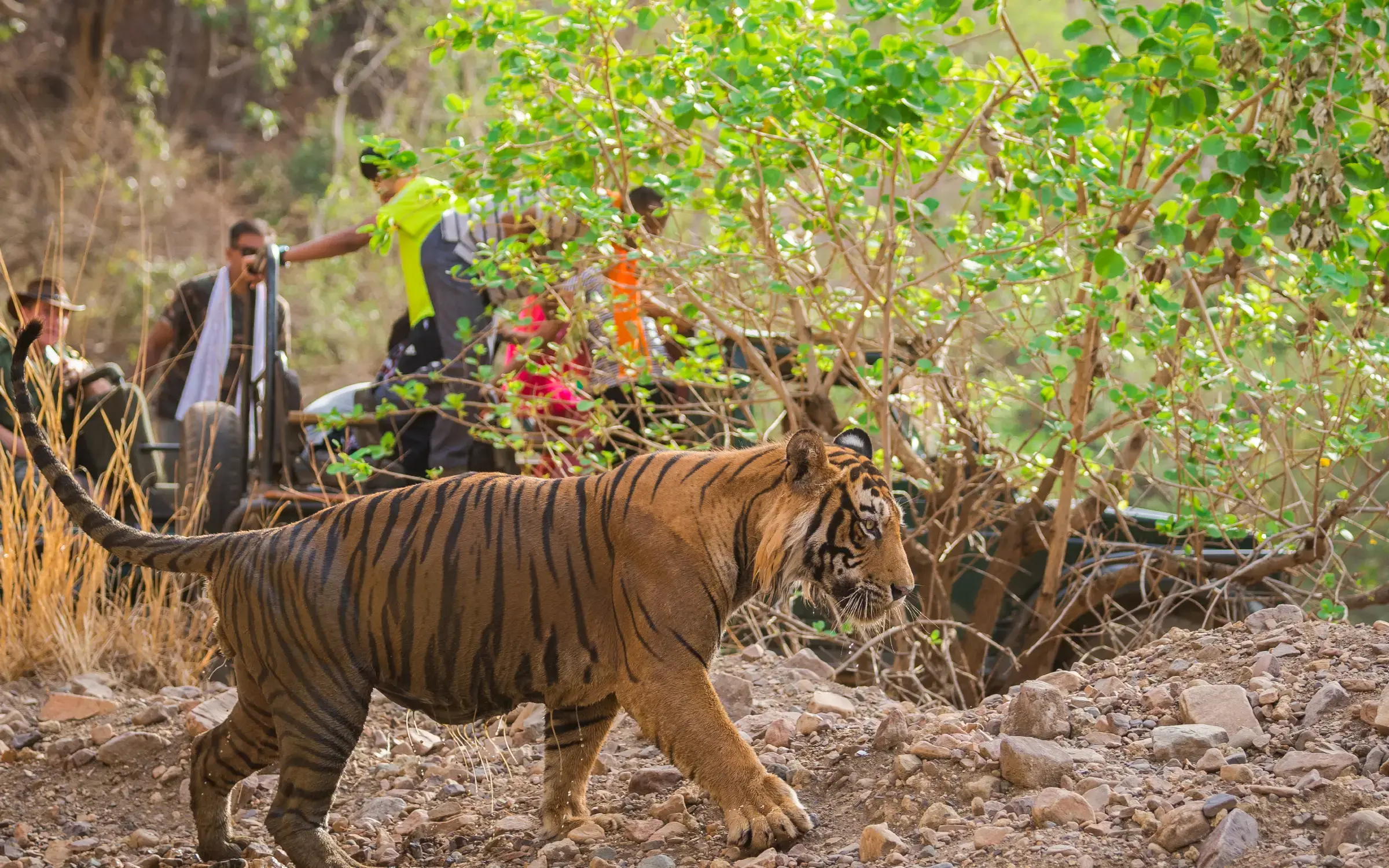
India is a treasure trove of natural wonders that will captivate any wildlife enthusiast or nature lover. This incredible country is home to an astonishing array of plant and animal life, with about 17,000 species of flowering plants and over 400 mammal species. Imagine encountering the rare one-horned rhinoceros in Kaziranga, spotting elusive snow leopards in the Himalayan heights, or witnessing majestic Asiatic lions in Gir National Park. The northeastern forests are also a sanctuary to the adorable red pandas, found nowhere else in India. With more than 600 protected areas, India offers countless opportunities to experience its wild beauty while supporting conservation efforts that help preserve these precious ecosystems for future generations.
India's oldest national park, renowned for its significant tiger population and rich biodiversity Spanning across 1,318.54 sq km in Uttarakhand, this protected area features diverse flora and fauna, including over 250 tigers, elephants, deer, and numerous bird species. Visitors can explore the park through thrilling jeep safaris across its eight distinct zones as Dhikala, Bijrani, Jhirna, Garjiya, Sitabani, Pakhro, Dhela and Durga Devi with Dhikala Zone being particularly famous for its vast grasslands, dense Sal forests, and excellent tiger sightings.
Ranthambore National Park is renowned for its significant Bengal tiger population Spanning approximately 1,334 square kilometers in southeastern Rajasthan. Established in 1955 and declared a national park in 1980, it offers diverse wildlife including leopards, sloth bears, and sambar deer. Visitors can explore through guided safaris, with tiger sightings often around the park's lakes and the historic Ranthambore Fort.
Kaziranga National Park, spanning approximately 430 square kilometers in Assam, is renowned as a UNESCO World Heritage Site and home to the world's largest population of one-horned rhinoceroses, with over 2,400 individuals. The park also boasts one of the highest tiger densities globally, along with diverse wildlife including elephants, wild water buffalo, and numerous bird species.
Known for its high density of tigers, Bandhavgarh offers excellent chances of spotting the elusive big cat, along with other wildlife like leopards, deer, and langurs.
A unique national park centered around a lake, offering boat safaris to observe elephants, tigers, and other wildlife.
Inspiring Rudyard Kipling's "The Jungle Book," Kanha Park is known for its population of barasingha (swamp deer) and offers a chance to experience the magic of the Indian jungles.
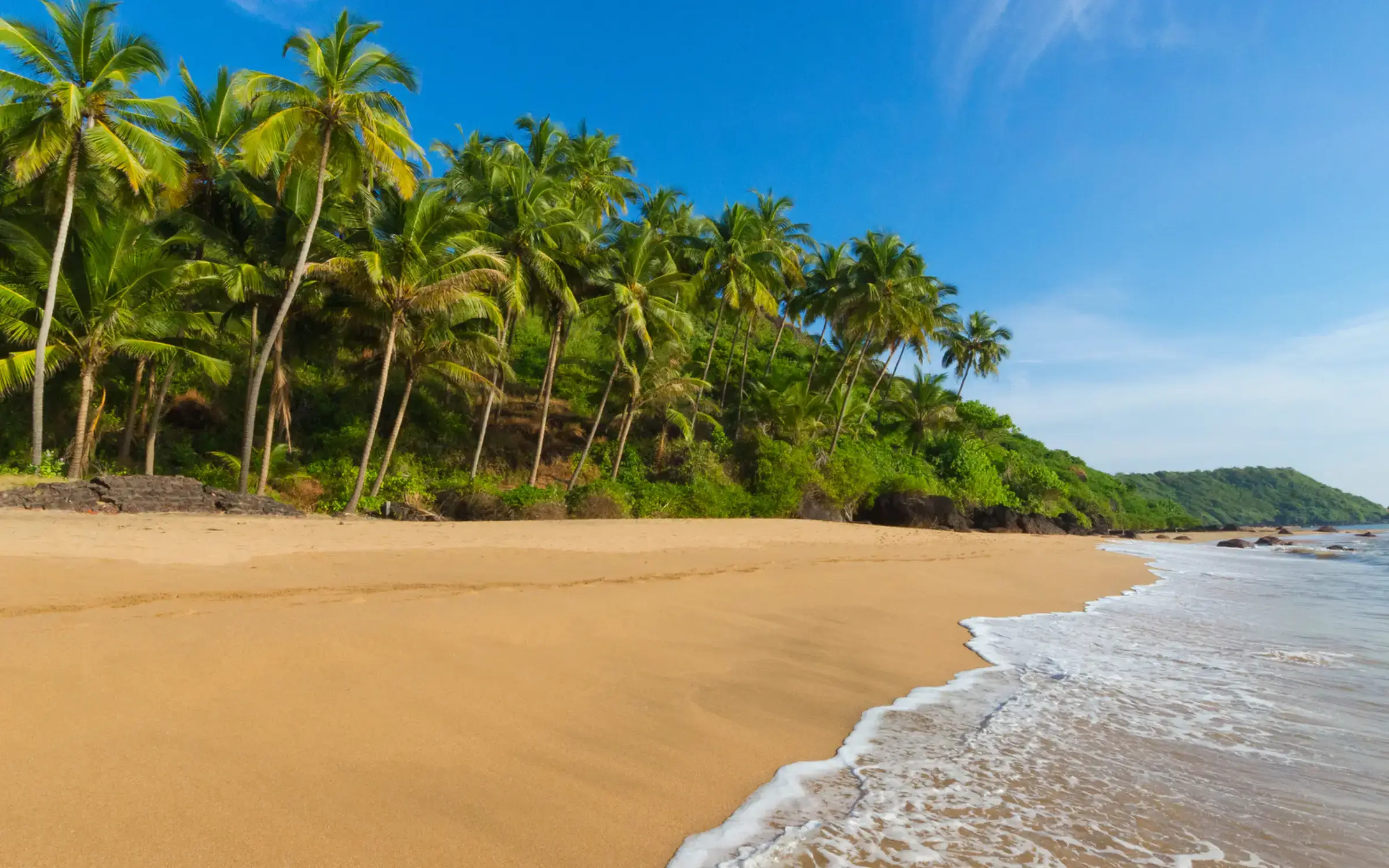
Escape to the idyllic shores of India and discover a world of sun-kissed beaches and laid-back island vibes. From the vibrant shores of Goa to the pristine beauty of the Andaman & Nicobar and Lakshadweep Islands, India offers a diverse range of coastal paradises. Here's a glimpse into some of the beach destinations and islands that are popular tourist places in India:
Renowned for its stunning beaches, vibrant nightlife, and Portuguese heritage. Explore the bustling beaches of Baga and Calangute, relax on the serene shores of Palolem and Agonda, and indulge in water sports, beach parties, and delicious seafood.
A tropical paradise with pristine beaches, lush rainforests, and vibrant coral reefs. Dive into the crystal-clear waters to explore the underwater world, relax on the secluded beaches of Havelock Island, and visit historical sites like Cellular Jail.
A group of coral islands known for their crystal-clear lagoons, exquisite beaches, and vibrant marine life. Enjoy water sports like snorkeling, scuba diving, and kayaking, or simply relax on the white-sand beaches and soak up the sun.
The state is home to some of India's most scenic beaches, offering a perfect blend of tranquility and natural beauty. From the crescent-shaped Kovalam Beach to the untouched shores of Varkala, where dramatic cliffs meet the Arabian Sea, Kerala’s coastline is truly mesmerizing.
A serene escape, Pondicherry offers a number of beaches to unwind at. Paradise Beach is known for its crystal-clear waters and soft white sand, while Promenade Beach offers a scenic coastline perfect for leisurely walks. Auroville Beach, a favorite among surfers, has a vibrant yet peaceful setting. Serenity Beach, true to its name, is a tranquil retreat ideal for relaxing and enjoying the soothing sea breeze.
Home to some of India's most stunning and less-crowded beaches, Karnataka offers a perfect getaway. Gokarna’s Om Beach is famous for its unique shape and pristine beauty, while Kudle Beach offers breathtaking sunset views. Murudeshwar Beach, with its iconic Shiva statue, combines spirituality with scenic coastal beauty. Malpe Beach, near Udupi, is known for its golden sands and stunning island views, making it a perfect getaway.
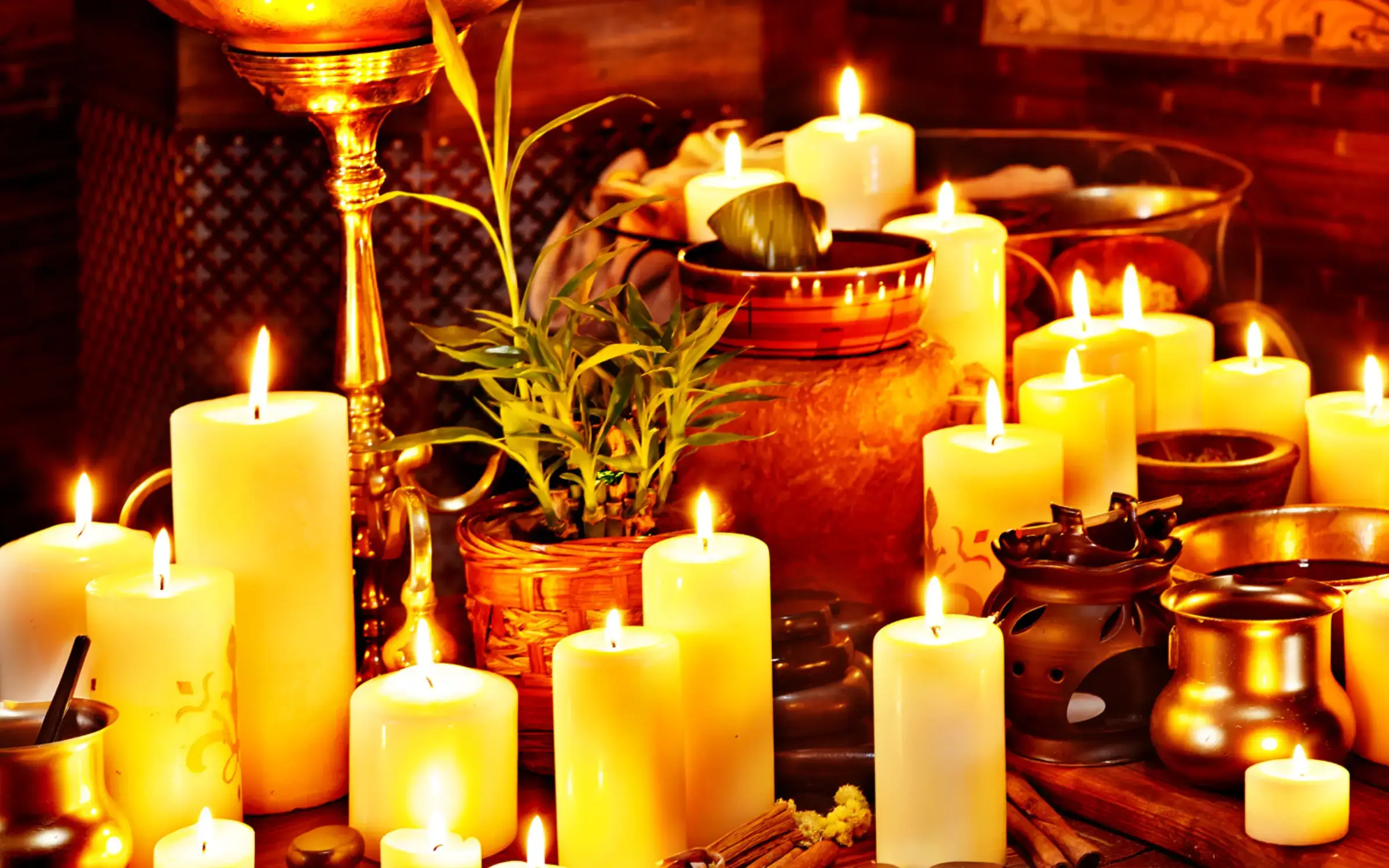
Escape the stresses of modern life and embark on a transformative journey of healing and rejuvenation in India, the birthplace of Ayurveda and Yoga. Discover ancient wellness traditions that promote physical, mental, and spiritual well-being. Here's a glimpse into some of the best places to explore in India for wellness and Ayurveda tourism, making them some of the best cities to visit in India for holistic health:
Immerse yourself in the ancient science of Ayurveda with traditional treatments, massages, and herbal remedies. Kerala's lush green landscapes, serene backwaters, and tranquil beaches provide the perfect setting for healing and relaxation. Choose from a range of Ayurvedic resorts and centers offering personalized wellness programs.
Find your inner peace in Rishikesh, nestled in the foothills of the Himalayas. Practice yoga and meditation at renowned ashrams, attend spiritual discourses, and experience the transformative power of this ancient practice.
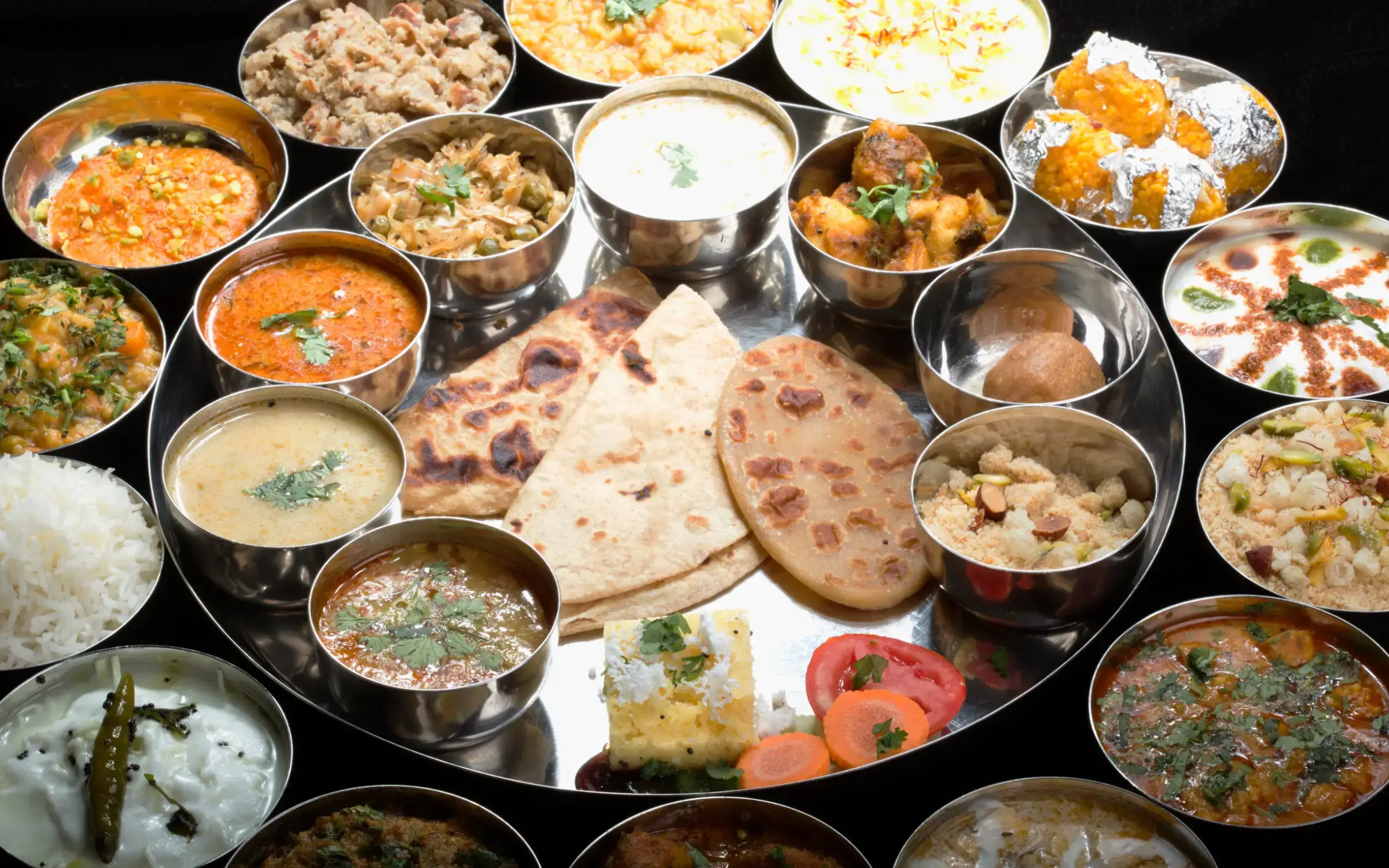
Embark on a tantalizing journey through India's diverse culinary landscape, where every region boasts its unique flavors, spices, and cooking techniques. From aromatic curries to mouthwatering street food and decadent desserts, India is a food lover's paradise. Here's a taste of what awaits, making India a best place to visit in India with family for a multi-sensory experience:
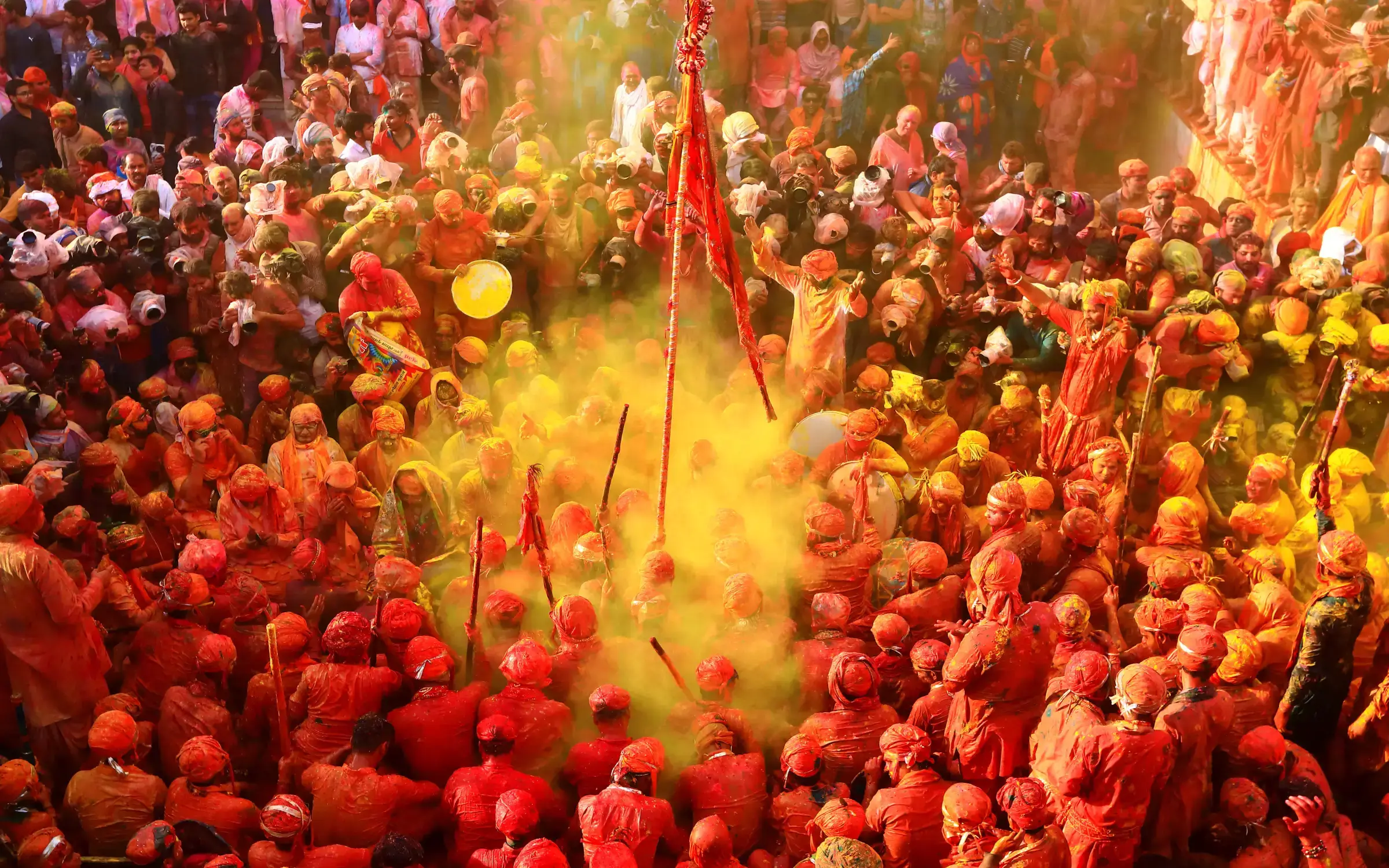
Immerse yourself in the vibrant colors, sounds, and traditions of India by experiencing its spectacular festivals. From dazzling displays of light on Diwali to exuberant celebrations of color and the triumph of good over evil on Dussehra, Indian festivals offer a unique glimpse into the country's rich cultural heritage. Here's a guide to some of the most captivating festivals:
Immerse yourself in the vibrant colors, sounds, and traditions of India by experiencing its spectacular festivals. From dazzling displays of light on Diwali to exuberant celebrations of color and the triumph of good over evil on Dussehra, Indian festivals offer a unique glimpse into the country's rich cultural heritage. Here's a guide to some of the most captivating festivals:
Join the exuberant celebrations of Holi, the Hindu festival of colors, where people playfully throw colored powder and water on each other. Experience the joy of community, dance to festive music, and indulge in traditional sweets and snacks.
Witness the grandeur of Dussehra, the Hindu festival celebrating the victory of Lord Rama over the demon king Ravana. Attend Ramlila performances depicting the epic tale of the Ramayana, and witness the burning of effigies of Ravana, symbolizing the triumph of good over evil.
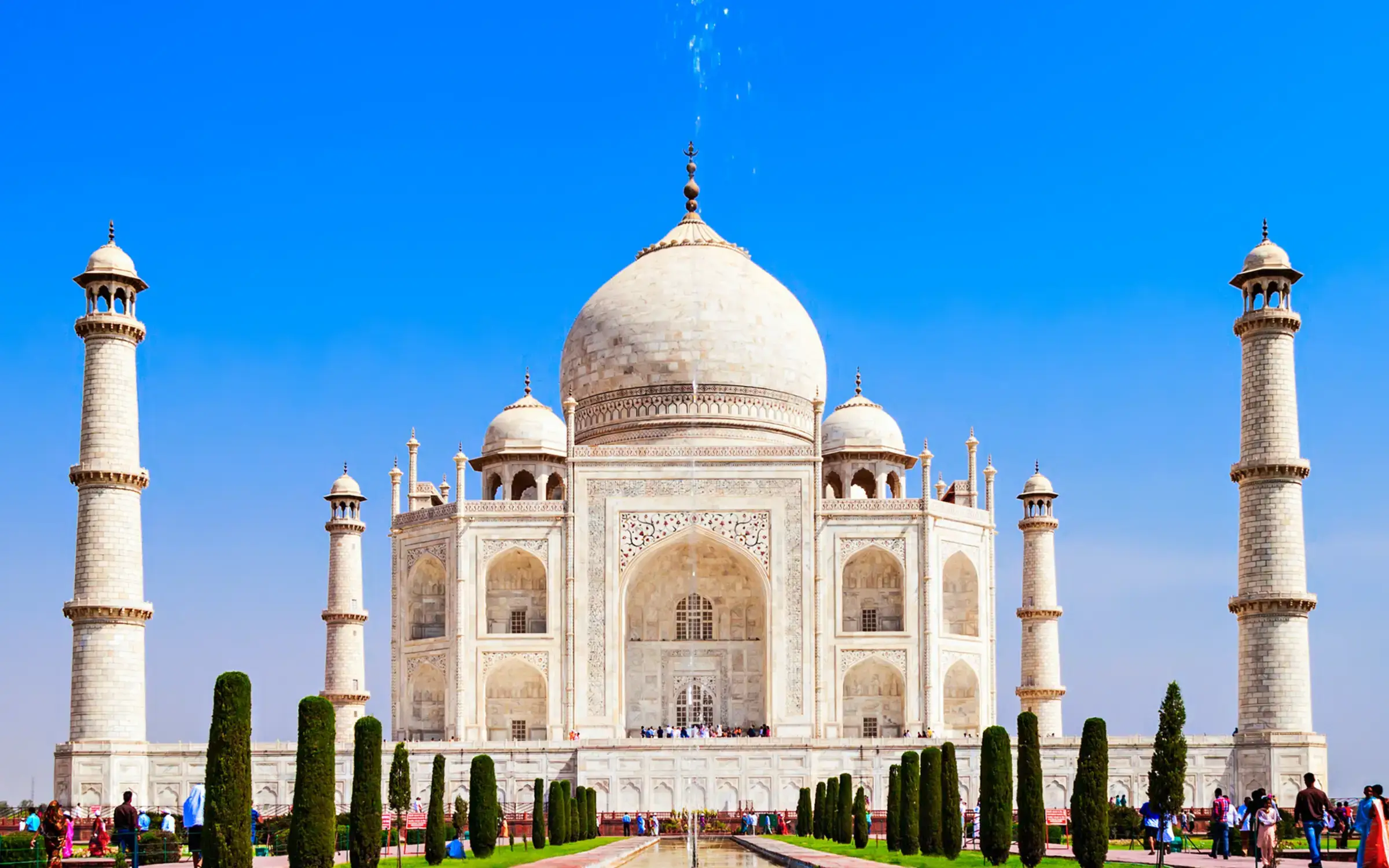
India's weather is as diverse as its landscapes, so knowing the best time to visit is key to experiencing the best places to visit in India. For northern India, October to March is perfect for visiting Delhi, the Taj Mahal, Vrindavan, Mathura, Amritsar and Rishikesh. The months of October to June are ideal to plan holidays to hilly states in North India like Uttarakhand, Himachal Pradesh and the union territory of Jammu and Kashmir. From June to October, one can visit the union territory of Ladakh, where the snow melts completely by July and pleasant weather takes over.
Down south, November to February has salubrious weather, making it the perfect time to explore top tourist destinations in South India like Kerala, Tamil Nadu, Karnataka, Andhra Pradesh and Telangana. The monsoon season (June to September) drenches the region in rain, transforming the landscape into a lush green paradise, ideal for nature lovers.
The deserts and cultural hubs of the west like Rajasthan and Gujarat are most welcoming between November and February. The weather is cool, and exploring those grand forts and golden sands becomes an adventure you’ll cherish. Coastal Goa gets bustling during Christmas and New Year, so book early if you’re planning to attend the festivities.
Eastern India is ideal to be visited from October to March. This is the time, when one can enjoy the festivities of Durga Puja in West Bengal, explore the tea gardens as well as temples. And if you’re dreaming of the Himalayas, Sikkim and Arunachal Pradesh are best to be visited between March and June when the snow clears and roads open, revealing breathtaking landscapes.
Traveling in India during peak times like Christmas or major festivals can mean crowds and higher costs, but it also offers a chance to witness the country's unmatched vibrancy. Every season has its own charm but knowing what to expect will help you truly soak up the magic better!




